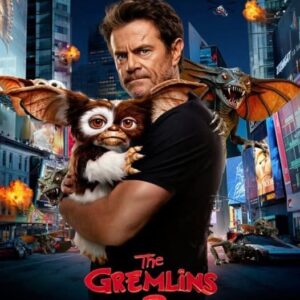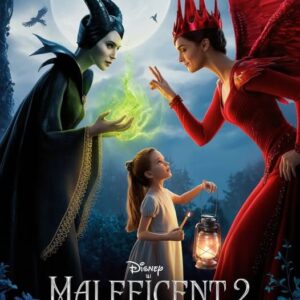As the film opens Eichmann has been captured in Argentina. It is revealed that he escaped there via the “rat line” and with forged papers. Arendt, now a professor in New York, volunteers to write about the trial for The New Yorker and is given the assignment. Observing the trial, she is impressed by how ordinary and mediocre Eichmann appears. She had expected someone scary, a monster, and he does not seem to be that. In a cafe conversation in which the Faust story is raised it is mentioned that Eichmann is not in any way a Mephisto (the devil). Returning to New York, Arendt has massive piles of transcripts to go through. Her husband has a brain aneurysm, almost dying, and causing her further delay. She continues to struggle with how Eichmann rationalized his behavior through platitudes about bureaucratic loyalty, and that he was just doing his job. When her material is finally published, it immediately creates enormous controversy, resulting in angry phone calls and a falling out with her old friend, Hans Jonas.

In a night out on the town with her friend, novelist Mary McCarthy, she insists that she is being misunderstood, and her critics who accuse her of “defending” Eichmann have not read her work. McCarthy broaches the subject of Arendt’s love relationship many years ago with philosopher Martin Heidegger, who had collaborated with the Nazis. Arendt finds herself shunned by many colleagues and former friends. The film closes with a final speech she gives before a group of students, in which she says this trial was about a new type of crime that had not previously existed. A court had to define Eichmann as a man on trial for his deeds. It was not a system or an ideology that was on trial, only a man. But Eichmann was a man who renounced all qualities of personhood, thus showing that great evil is committed by “nobodies” without motives or intentions other than to follow orders unquestioningly, without thinking. This is what she calls “the banality of evil”.
-photo.jpg)
The film, which captures Arendt at one of the pivotal moments of her life and career, also features portrayals of other prominent intellectuals, including philosopher Martin Heidegger, novelist Mary McCarthy, and The New Yorker editor William Shawn.





